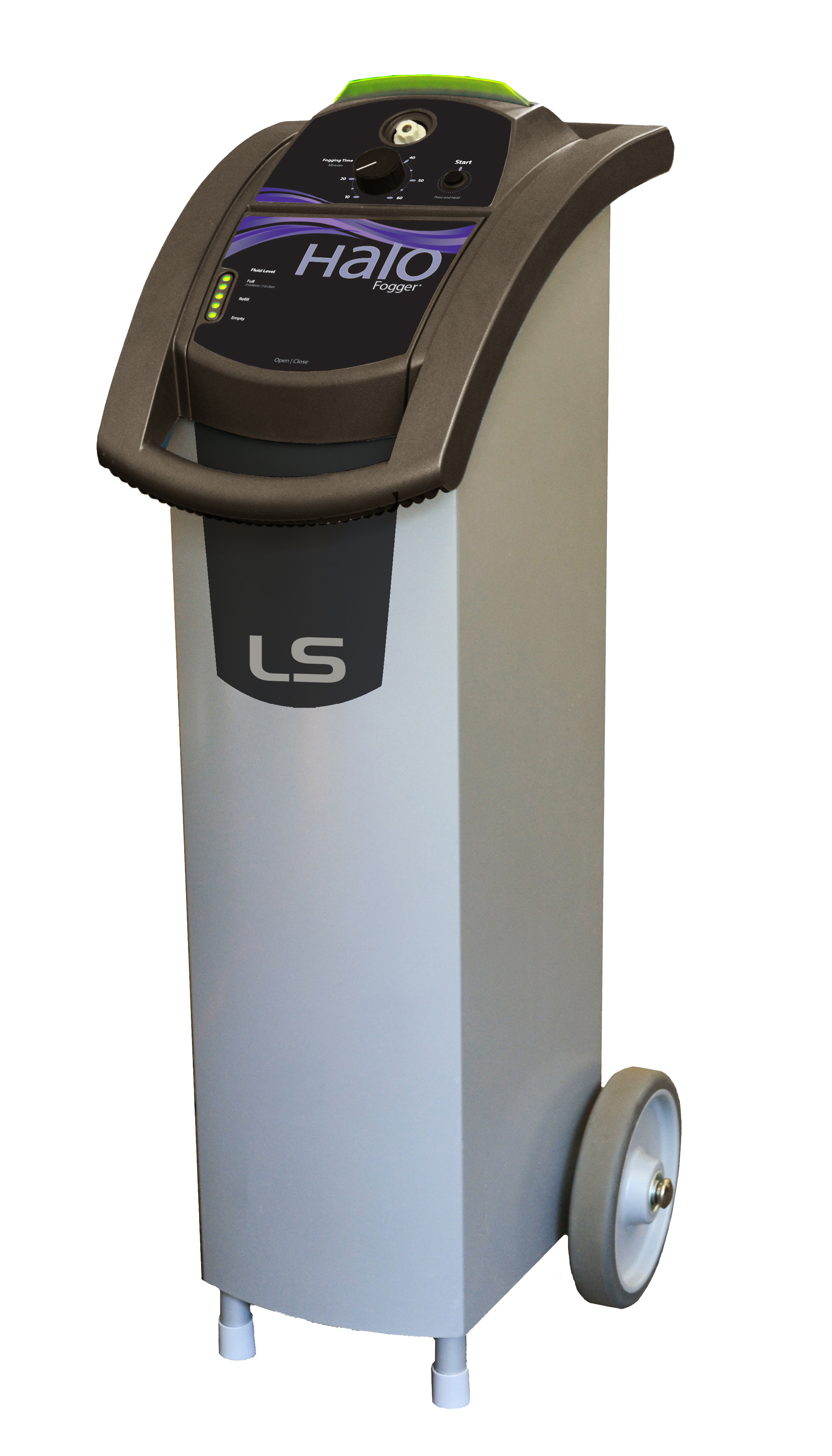Why Are These New Technologies Important?
Mounting evidence has shown that inadequately cleaned rooms and work areas are a prime culprit in the spread of infectious bacteria. This evidence along with greater coverage of infection outbreaks has changed the way both researchers and biosafety experts view whole-room disinfection.
A room that is not fully disinfected puts researchers at a greater risk of being exposed to and contracting an infection of resistant bacteria left over from the previous use. Not only is this dangerous to the researcher, but infection can decimate populations, causing costly setbacks and wasted resources. Even if infectious agents are not the subject of the research, these dangerous pathogens can still be spread to surfaces and objects in the room, putting anyone following them at risk unless proper disinfection is performed.
UV Disinfection vs. Hydrogen Peroxide: A Comparison
Hydrogen peroxide vapor treatment boasts a 6-log reduction as well as being EPA validated as a sporicidal agent. In addition, hydrogen peroxide vapor technologies have demonstrated greater efficacy, both in vitro and in situ, against nosocomial pathogens. Whereas, UVC is EPA registered only as a 2-log reduction, is not a validated sporicide, and demonstrates efficacy only in vitro against nosocomial pathogens. (MedScape.com)
It’s Simple Science…
Most agree this disparity comes down to the fundamental differences between these two technologies. UVC technologies struggle with rooms that are not fully lit, meaning they are less likely to achieve a full whole-room disinfection. This is usually due to shadowing and other obstructions that create hiding spaces to shelter bacteria, which later spread.
Hydrogen peroxide fogging, on the other hand, is not reliant on a central source of light, filling the room with a disinfecting fog and leaving no nooks, crannies or hiding spaces for bacteria. In the past, it has been noted that fogging systems are more complicated to own and operate. Most foggers require extra steps to seal the room before and after use and can be a more expensive purchase initially. But, as we are finding more and more, this extra time is invaluable in protecting researchers and their research populations.
UVC Light Comes Under Scrutiny
However, as scrutiny on whole-room disinfection methods sharpens, the “cheap and easy-to-use tag” for UVC technologies has also been challenged. While the CDC has not issued specific guidelines regarding whole-room disinfection, their guidelines for biosafety cabinet disinfection, wherein UVC lamps are not considered necessary or even recommended, indicates the shortcomings of UVC as a whole-room disinfection technique.
After installation, UVC lamps must be cleaned weekly to remove any dust and dirt that obscures ultraviolet light and blocks germicidal effectiveness. Additionally, the lamps must be checked weekly with a UV meter to ensure that the appropriate intensity of UVC light is being emitted. UV lamps must be shut down and stored when the room is occupied to protect personnel from UV exposure, which can cause ocular burns and skin cancer. These maintenance and upkeep requirements detract from the already limited efficacy of these technologies.
What Does This Mean for My Biosafety Strategy?
UVC is increasingly being seen as the “lite” whole-room disinfection method – cheaper, more convenient, but less effective at cleaning the whole room and preventing the spread of C. diff and other resistant bacteria. UVC systems are generally a cheaper initial purchase and do not require chemical refilling. However, the “lite” solution is no longer going to cut it for biosafety experts and professionals. Due to these recent strides in technologies such as Halosil’s HaloFogger line, hydrogen Peroxide fogging is no longer the clunky, expensive solution that earlier 1990’s technologies were, when research into whole-room disinfection methods began in earnest.
The explosion of research into infection opened the door to revolutionize whole-room disinfection. Now, with emerging technologies and refined awareness towards the spread of bacteria, pharmaceutical, research, and other industries can bring their biosafety plans to life.

